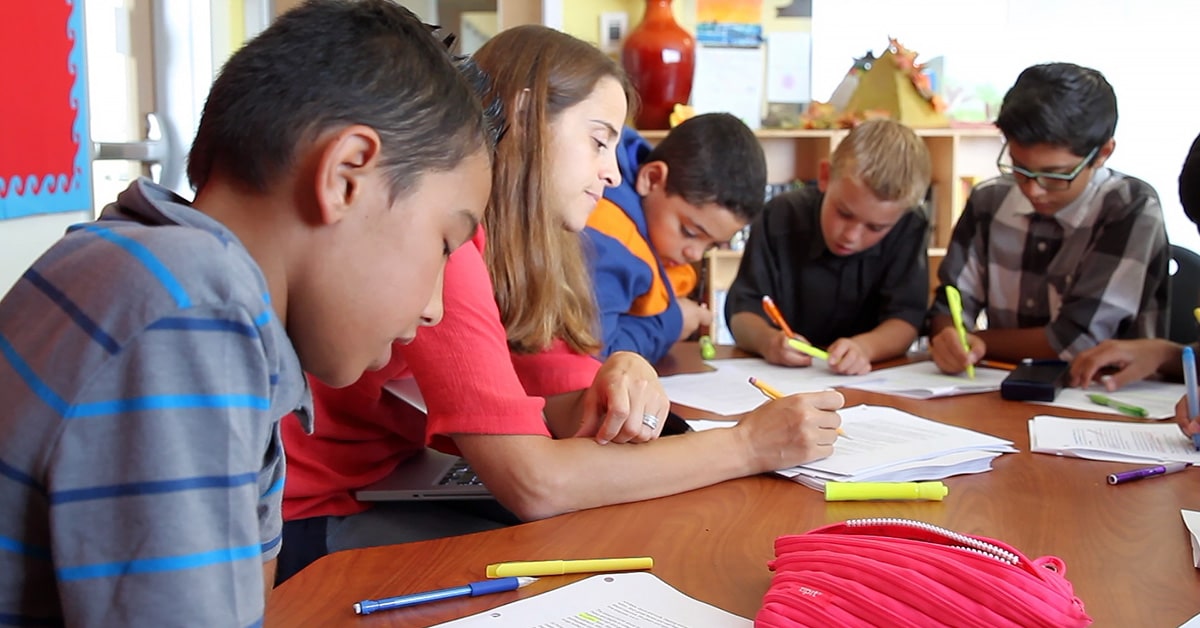
Randy Scherer earned his M.Ed. in Educational Leadership at HTHGSE.
Educators at High Tech High and many other schools use the “Tuning Protocol” as a powerful tool for educators to bring an idea for a lesson or unit to a group of colleagues or students for discussion and feedback.
The tuning protocol is particularly effective for focusing the collective perspectives and expertise of a small group of people on a teacher’s ideas and questions for an upcoming project or lesson plan. The tuning protocol follows a prescribed linear path, detailed below. One feature that makes it useful is that the panel of educators or students listen and then ask questions, seeking to thoroughly understand the presenter before offering feedback. Another factor is that each step in the process requires the participants to take turns, ensuring all voices are heard.
With simple revisions, tuning protocols are also very useful in the classroom, helping students share their own ideas with peers for critique. In this format, a student presents her ideas for her project work to a small group of peers, who listen and perhaps look at a draft of her work. The presenting student then shares a driving question that will help the panel focus…
A teacher can divide the class into groups of four, and act as the timekeeper and guide. With practice, every class member can receive structured peer feedback in just about an hour using either of the protocols linked below.
Aside from the immediate benefit of facilitating structured peer feedback, this type of critique has the potential to improve classroom culture. With practice, students adopt the protocol in less formal settings. After students develop their own expertise with the tuning protocol, they learn to listen to each other (or you!), and then say, “Aha! I have a clarifying question…”
Use these protocols in class for students to review their work with peers: